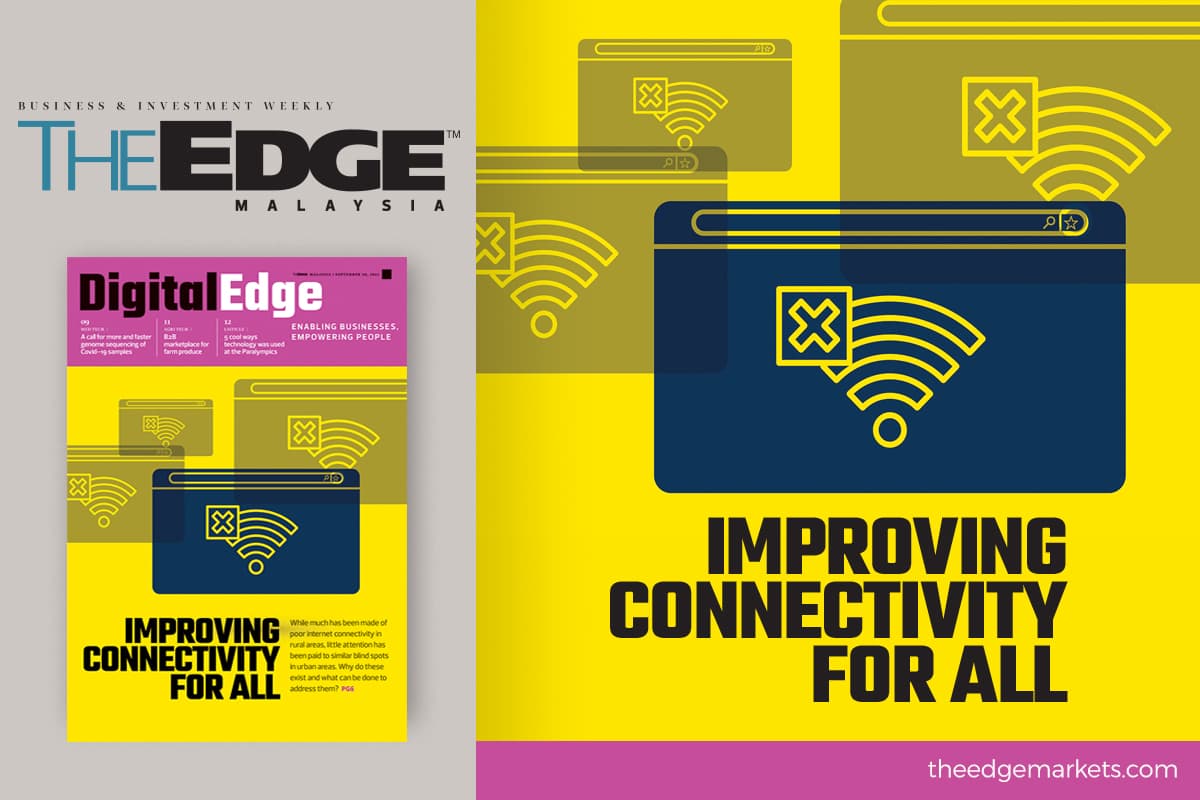
KUALA LUMPUR (Sept 20): Have you ever experienced connectivity disruptions when your mobile switched from Wi-Fi to mobile data? Or have you noticed that some web pages tend to take longer to load at certain times of the day?
These are common scenarios faced by urbanites, regardless of the mobile network and broadband service provider. Most shrug philosophically and take the poor connectivity in their stride.
But perhaps they shouldn't. Such disruptions are signs that the person is experiencing some form of signal degradation. This can happen for a variety of reasons from the router location and the position (and the number of Internet-linked household devices) to physical interference caused by the presence of buildings or the angle of tower signals.
Needless to say, telecommunications companies (telcos) have been working hard to not just hit the connectivity targets set by the Malaysian Communications and Multimedia Commission's (MCMC) Jalinan Digital Negara (JENDELA), but also address connectivity concerns raised by users, which rose significantly during the Covid-19 pandemic. However, there are some aspects that remain out of their control.
The MCMC itself has been instituting regulations to upgrade the level of service provided by telcos, with the first target being to retire the 3G network, coupled with freeing up more spectrum for 4G connectivity, declaring broadband a utility and getting providers involved in the planning stage of new developments (rather than as an afterthought).
Read all of this in the latest issue of DigitalEdge, which comes with the Sept 20 issue of The Edge Malaysia weekly, out now.
Save by subscribing to us for your print and/or digital copy.
P/S: The Edge is also available on Apple's App Store and Android's Google Play.